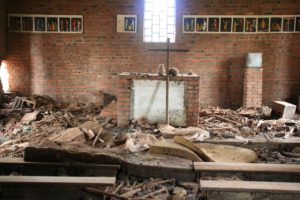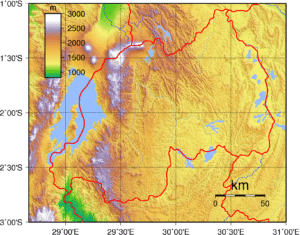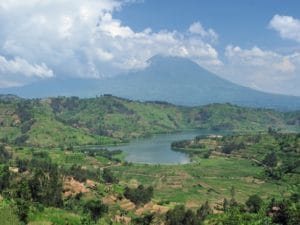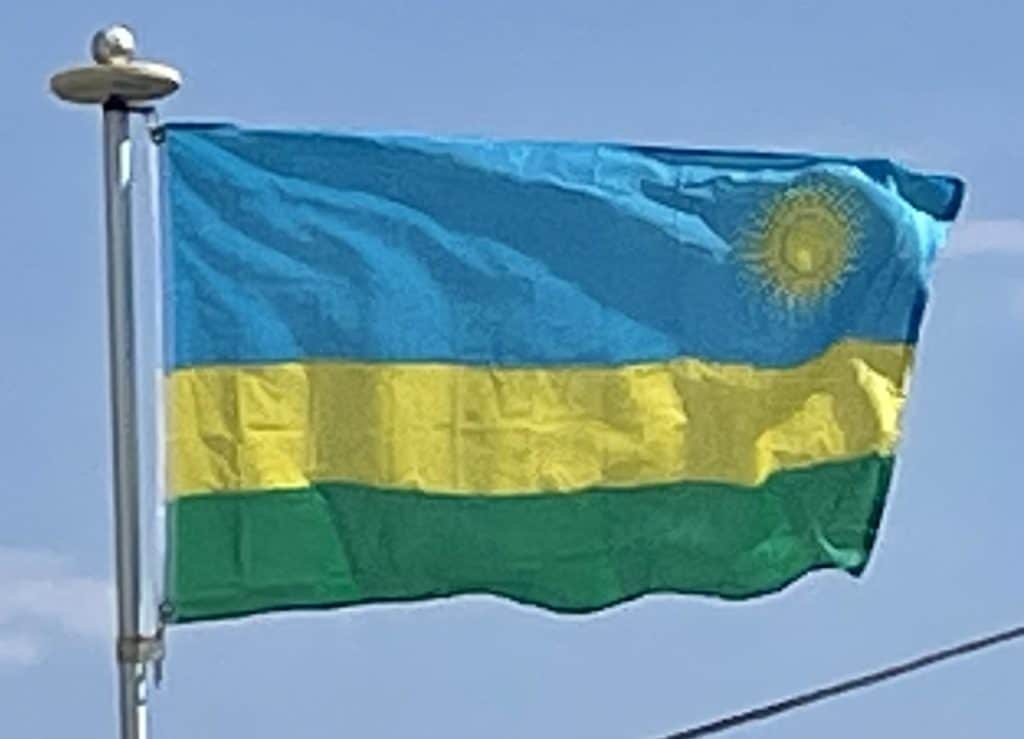
The Tutsi RPF restarted their offensive, and took control of the country methodically, gaining control of the whole country by mid-July. The international response to the genocide was limited, with major powers reluctant to strengthen the already overstretched UN peacekeeping force. When the RPF took over, approximately two million Hutu fled to neighboring countries, in particular Zaïre, fearing reprisals; additionally, the RPF-led army was a key belligerent in the First and Second Congo Wars. Within Rwanda, a period of reconciliation and justice began, with the establishment of the International Criminal Tribunal for Rwanda (ICTR) and the reintroduction of Gacaca, a traditional village court system. Since 2000 Rwanda’s economy, tourist numbers, and Human Development Index have grown rapidly; between 2006 and 2011 the poverty rate reduced from 57% to 45%, while life expectancy rose from 46.6 years in 2000 to 65.4 years in 2021.
Geography:
At 26,338 square kilometers (10,169 sq mi), Rwanda is the world’s 149th-largest country, and the fourth smallest on the African mainland after Gambia, Eswatini, and Djibouti. It is comparable in size to Burundi, Haiti and Albania. The entire country is at a high altitude: the lowest point is the Rusizi River at 950 meters (3,117 ft) above sea level. Rwanda is located in Central/Eastern Africa, and is bordered by the Democratic Republic of the Congo to the west, Uganda to the north, Tanzania to the east, and Burundi to the south. It lies a few degrees south of the equator and is landlocked. The capital, Kigali, is located near the center of Rwanda.

The watershed between the major Congo and Nile drainage basins runs from north to south through Rwanda, with around 80% of the country’s area draining into the Nile and 20% into the Congo via the Rusizi River and Lake Tanganyika. The country’s longest river is the Nyabarongo, which rises in the south-west, flows north, east, and southeast before merging with the Ruvubu to form the Kagera; the Kagera then flows due north along the eastern border with Tanzania. The Nyabarongo-Kagera eventually drains into Lake Victoria, and its source in Nyungwe Forest is a contender for the as-yet undetermined overall source of the Nile. Rwanda has many lakes, the largest being Lake Kivu. This lake occupies the floor of the Albertine Rift along most of the length of Rwanda’s western border, and with a maximum depth of 480 meters (1,575 ft), it is one of the twenty deepest lakes in the world. Other sizeable lakes include Burera, Ruhondo, Muhazi, Rweru, and Ihema, the last being the largest of a string of lakes in the eastern plains of Akagera National Park.

Mountains dominate central and western Rwanda and the country is sometimes called “Pays des mille collines” in French (“Land of a thousand hills”). They are part of the Albertine Rift Mountains that flank the Albertine branch of the East African Rift, which runs from north to south along Rwanda’s western border. The highest peaks are found in the Virunga volcano chain in the northwest; this includes Mount Karisimbi, Rwanda’s highest point, at 4,507 meters (14,787 ft). This western section of the country lies within the Albertine Rift montane forests ecoregion. It has an elevation of 1,500 to 2,500 meters (4,921 to 8,202 ft). The center of the country is predominantly rolling hills, while the eastern border region consists of savanna, plains and swamps.
Economy:
Rwanda’s economy suffered heavily during the 1994 genocide, with widespread loss of life, failure to maintain infrastructure, looting, and neglect of important cash crops. This caused a large drop in GDP and destroyed the country’s ability to attract private and external investment. The economy has since strengthened, with per-capita GDP (PPP) estimated at $2,444 in 2019, compared with $416 in 1994. Major export markets include China, Germany, and the United States. The economy is managed by the central National Bank of Rwanda and the currency is the Rwandan franc; in December 2019, the exchange rate was 910 francs to one United States dollar. Rwanda joined the East African Community in 2007, and has ratified a plan for monetary union amongst the five member nations, which could eventually lead to a common East African shilling.
